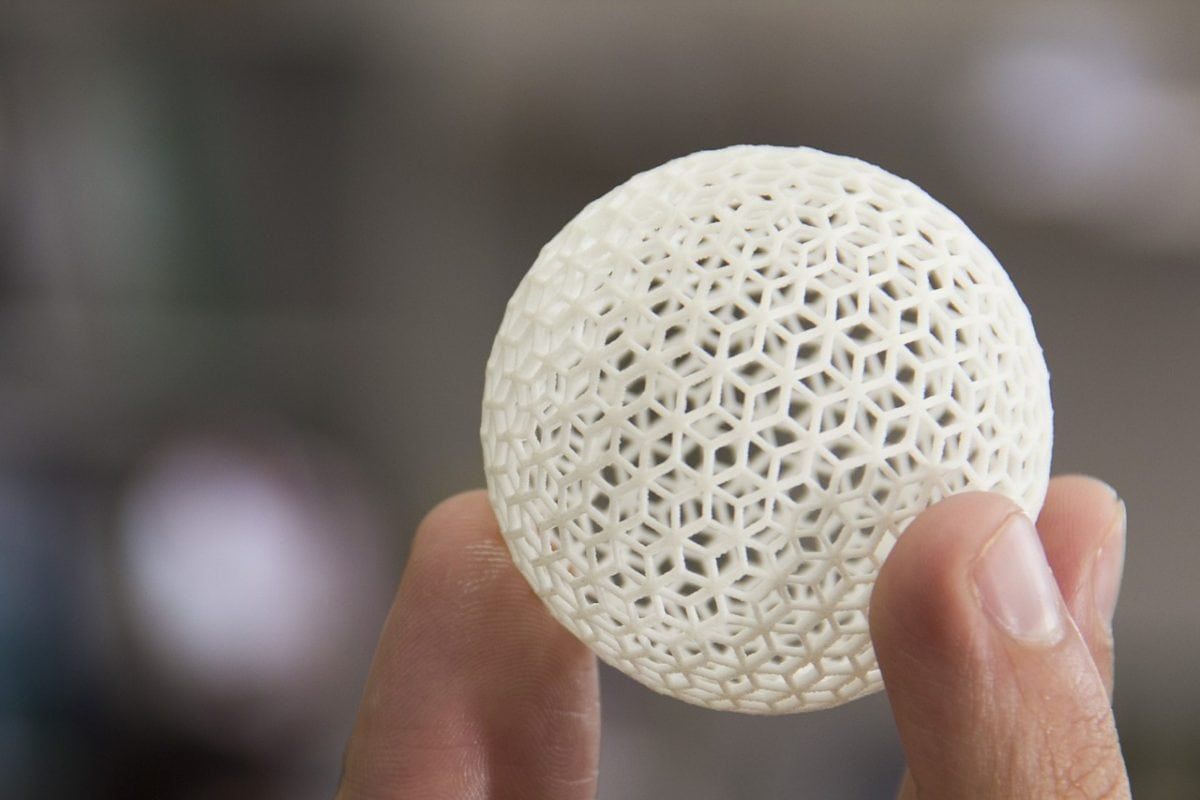
When we look at manufacturing processes, primarily we’re looking at two kinds. The first is additive manufacturing, which is the process of building things up. In recent years, 3D printing has become increasingly popular as a method for building components. It’s accurate, fast and cheap, which makes it popular for small and large-scale projects. The other kind of manufacturing is subtraction, which is the process of refining and polishing components using computer numerical control (CNC) milling.
By combining the two additive and subtractive processes in the same machine environment, we arrive at hybrid manufacturing. This is generating a lot of buzz in the manufacturing industry as it brings together two production techniques which would ordinarily be distinct. Blending them in the same machine environment has revolutionised the way we think about manufacturing for aerospace, automotive, medical and defence industries.
As outlined above, hybrid manufacturing combines additive and subtractive processes. This can include things like 3D printing, injection moulding or laser cladding. All of these processes allow for the build-up of materials, including metals and plastics, into the rough component. This can be followed by subtractive processes, such as CNC milling, which allows for the detailed and accurate manipulation of the materials into the final shape.
The unique thing about combining these processes into a single machine environment is that they can also be done in the reverse order. The reverse would be using subtractive processes to create the base templates which can then be customised and refined using delicate additive processes such as 3D printing.
The UK-based company Hybrid Manufacturing Technologies is one of the first to pioneer the new technology. They created the Ambit multi-task tool system which includes a series of deposition heads and docking systems that allow for greater flexibility in any new or existing CNC machine. This allows manufacturers to add non-traditional heads to the system and change between them as required. The result is a multitasking system that allows for increased productivity.
This technology can be put to use in a number of engineering environments. It’s ideal for creating new parts and components for use in the automotive, aerospace, medical and defence industries. The versatile machine environment is also suitable for repairing and modifying components, which makes it ideal for quick and accurate prototyping. At the moment, prototyping might be done through injection moulding or 3D printing, but both of these methods have their limitations, particularly if delicate modifications are required. By combining these additive processes with subtractive processes, we arrive at a much cleaner and uniform product quickly and easily.
As this is a fairly new process, the benefits are still being revealed. Early indicators show that combining additive and subtractive manufacturing processes creates a much more refined finish for things like 3D printed components. There is an entire industry built up around finishing and refining 3D printed products, which suggests there is a need for the two manufacturing processes to come together.
Another benefit of hybrid manufacturing is the introduction of multi-metal manufacturing. In a traditional setting, the process of creating items from multiple metals would be time-consuming and costly, but the single machine environment makes it possible to quickly switch between metals with very little downtime. The same can be achieved with plastic manufacturing, as different polymers can be used to create the ideal finish for the product.
And finally, hybrid manufacturing creates much less waste. Manufacturers can be much more precise with the materials and only create what is needed for the end product. While some scrap may be created in the refining process, this is nothing compared to the scrap created when subtractive processes alone are used.